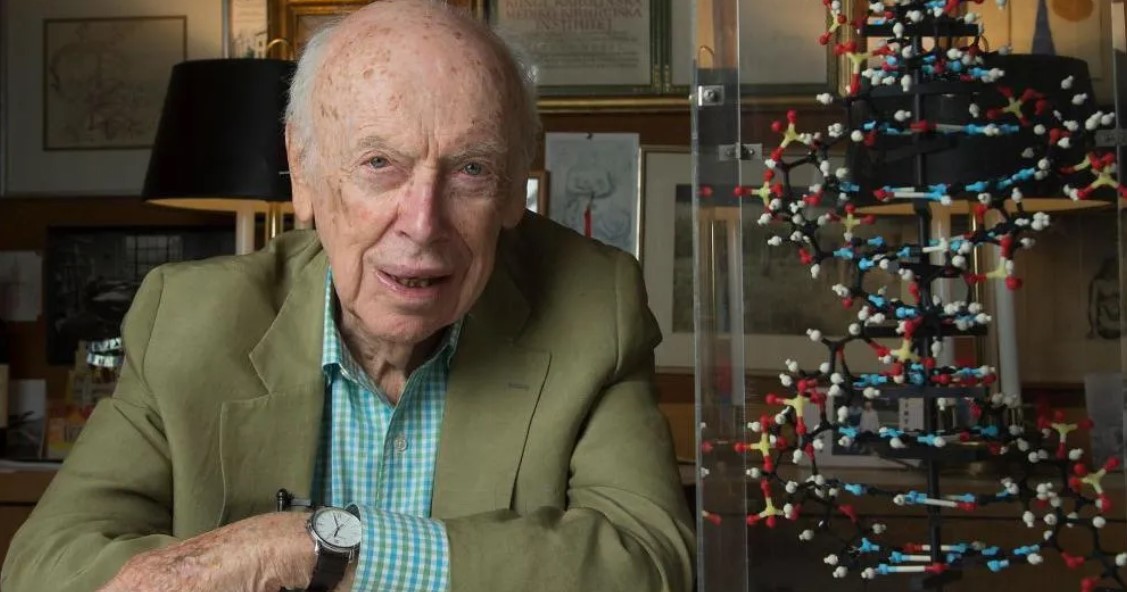James Watson, DNA Pioneer, Dies at 97

James Watson, the American scientist famed for co-discovering the double-helix structure of DNA, has passed away aged 97. His work opened up the modern era of molecular biology while his legacy remains complex.
Quick Insight: Watson’s life reminds us that scientific breakthroughs can transform our understanding of life — and that prominent figures may also wrestle with controversy and changing values.
1. Scientific Legacy
• In 1953 Watson, alongside Francis Crick, proposed the double-helix model of DNA, a discovery that reshaped biology.
• Their insight made possible advances in genomics, biotechnology, medical diagnostics and more.
• Watson’s early career also included leadership roles in research institutions and ambition to translate biology into real-world innovation.
2. Controversy & Complexity
• Later in his life Watson made remarks related to race, gender and intelligence that drew serious criticism and overshadowed parts of his scientific stature.
• His example illustrates how a celebrated scientist’s legacy may be layered: immense contribution, personal views, institutional response.
• For the education community: the situation emphasises the need to recognise both achievement and accountability in academic leadership.
3. Why it Matters for Nigerian Schools & Students
• Young scientists and students in Nigeria can draw inspiration from Watson’s curiosity and bold thinking — the “what if?” that drives discovery.
• At the same time, schools should embed ethics, responsibility and social awareness into science education — bright minds must also act wisely.
• Institutions can use Watson’s story to teach: discovery matters, but so does how you use it, how you treat people and how you reflect on impact.
Final Thoughts
Watson’s passing brings one of the last major figures of mid-20th-century biology into reflection. His contributions remain foundational, his personal legacy complicated. For schools, students and researchers in Nigeria: aim high, create boldly, think ethically — that synthesis is the hallmark of true scientific leadership.
Tip: When teaching science or mentoring students, include both the “discovery story” and the “human story” — who made the discovery, under what conditions, what they got right and what they got wrong. That broader view builds deeper understanding.
